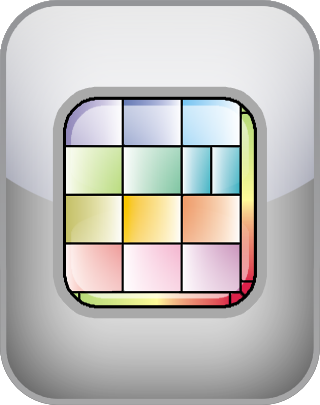Partner Zone Test
The Partner Zone is a popular phenomenon in online culture. Some find the theory enlightening and elucidating, while others maintain that it’s simplistic and overly reductive. The theory attempts to determine what value or zone a person would be relegated to in the heterosexual dating hierarchy.
To take the test, indicate your responses to each of the following statements below.
Question 1
Question 1 of 65
Select the type of test you want to take:
NEXT
The IDRlabs Partner Zoning Test was developed by IDRlabs on the basis of a chart made by the content creator, hoe_math. IDRlabs is not affiliated with the chart’s original author.
The term "hoe_math dating zones" refers to a concept that has gained traction on social media, particularly TikTok. It describes a system for categorizing romantic relationships based on perceived attractiveness and availability.
Here's a breakdown of the concept:
- The Zones: There's a chart with zones representing different types of relationships. These zones are determined by a person's attractiveness (physical and personality) and how "available" they are perceived to be (seeing other people, wanting commitment, etc.).
- Criticisms: The concept is criticized for being overly simplistic and potentially disrespectful. It reduces people to attractiveness scores and suggests a game-like approach to dating.
- Possible Benefits: Some supporters argue it can help people identify situations they might not want (like the "chronically unhappy" zone) and encourage clear communication about expectations.
Here are some things to consider:
- Focus on Communication: Open communication about what you want in a relationship is much healthier than a classification system.
- Respectful Relationships: A good relationship is built on mutual respect, not keeping score based on attractiveness.
- Individuality: Everyone has different values and priorities in dating. There's no one-size-fits-all approach.
While the specific zones and their names can vary depending on the source, here's a general breakdown of how some versions of "hoe_math dating zones" categorize relationships:
Zones based on Attractiveness and Availability:
- Wife/Husband Material: High attractiveness, low availability (looking for commitment).
- Booty Call/Situationship: High attractiveness, high availability (not looking for commitment).
- Catch/Prospect: Developing attraction, potential for more depending on how things progress.
- Mistake Zone: Initial attraction overshadowed by negative qualities or unmet expectations.
- Chronically Unhappy: Settled for someone who doesn't meet their needs.
Issues with the Zones:
- Oversimplification: It ignores factors like emotional compatibility, shared values, and communication.
- Focus on Looks: Attractiveness is subjective and can change over time. It shouldn't be the sole factor.
- Gender Bias: The system often focuses on how people are perceived on the basis of their gender, neglecting those who do not conform to gender stereotypes.
Alternatives to Hoe_Math:
- Honest Communication: Talking openly about your expectations and desires in a relationship is key.
- Healthy Boundaries: Knowing your worth and setting boundaries to avoid unhealthy situations.
- Shared Values: Finding someone who aligns with your values and goals for a fulfilling relationship.
Remember, this concept is for entertainment purposes and shouldn't be a rigid guideline for dating. Focus on building genuine connections and open communication for a healthier dating experience.
Despite the popularity of hoe_math, it's important to remember that it can be emotionally limiting. By focusing on zones, you might miss connections that don't fit neatly into categories. Additionally, it can create a sense of competition or manipulation in dating, which isn't conducive to finding a lasting, happy relationship. Ultimately, dating is about finding someone you click with and enjoy being around. While reflecting on your wants is valuable, prioritize open communication and shared experiences over a point system.
This test cannot be used to provide clinical assessments or an accurate evaluation of your personality. Clinical assessments should always be done in cooperation with a mental health professional. For more information about any of our online tests and quizzes, please consult our Terms of Service.

